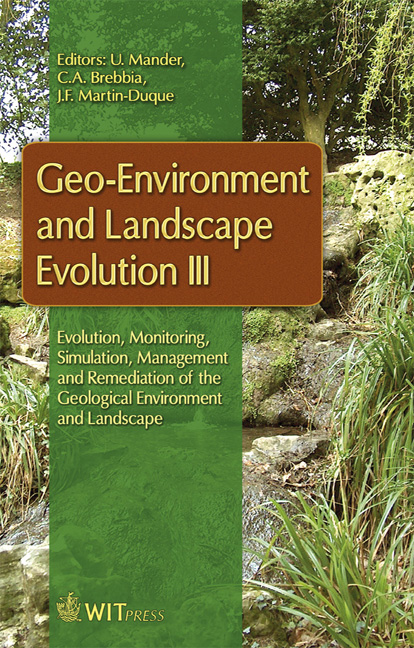Hydrological Modelling Of The \“Sierra De Las Minas” In Guatemala, By Using A Conceptual Distributed Model And Considering The Lack Of Data
Price
Free (open access)
Transaction
Volume
100
Pages
10
Page Range
97 - 106
Published
2008
Size
393 kb
Paper DOI
10.2495/GEO080101
Copyright
WIT Press
Author(s)
M. Morales-de la Cruz & F. Francés
Abstract
The Biosphere Reserve \“Sierra de las Minas” is part of the Guatemalan System of Protected Areas and contains the largest cloud forests of Guatemala. Its southern slopes flow into the Motagua Valley, one of the more active zones in the country and paradoxically, the most arid and driest zone of Central America. We have studied the hydrology of the Teculután Basin on a daily time step, by estimating its hydrological characteristics and using the conceptual distributed model Tetis v. 7.2 developed at the Polytechnic University of Valencia, Spain. We applied a new split-parameter structure coupled with the SCE-UA automatic optimization algorithm to obtain the set of optimal correction factors of the model. Among the results we have completed a precipitation spatial and sensitive analysis. The model has shown a high sensitivity to changes in the parameter, which characterizes the precipitation increment due to the difference in altitude. In an attempt to capture seasonal variability produced by the presence of the cloud forest in the upper portion of the basin, we studied the horizontal precipitation and the sensitivity to changing the correction factor for evaporation and the vegetation cover index. Keywords: distributed hydrological model, automatic calibration, conceptual model, Sierra de las Minas, cloud forest. 1 Introduction In Central America, the study of the hydrological cycle in mountain basins has had different approaches, mostly monthly or annual water balances or only
Keywords
distributed hydrological model, automatic calibration, conceptual model, Sierra de las Minas, cloud forest.





